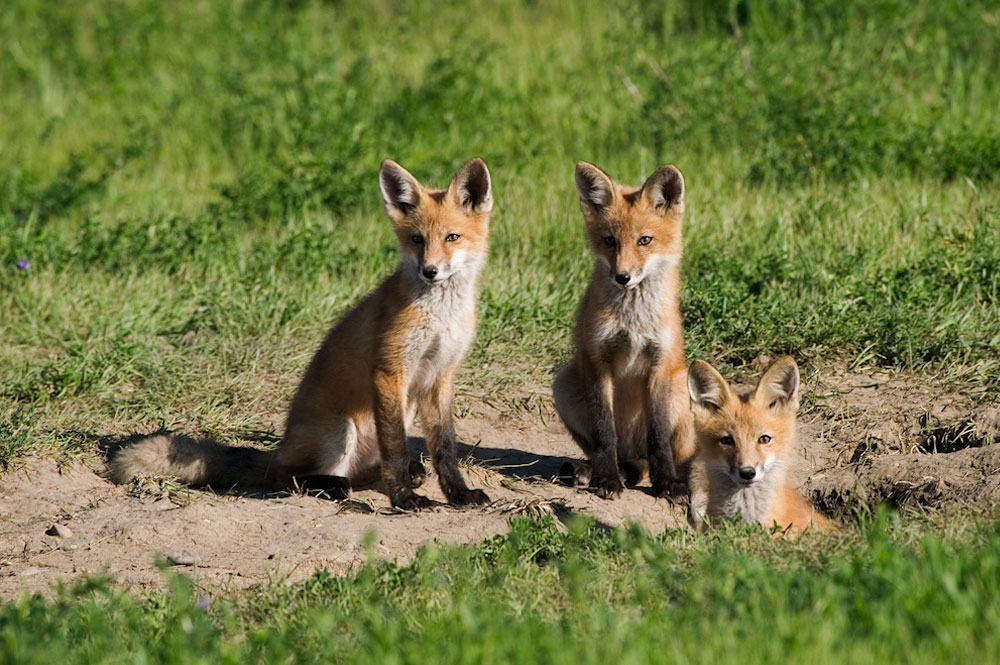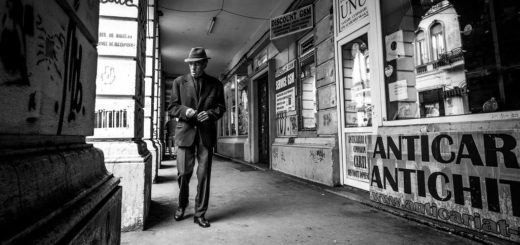Guide to Wildlife Photography Tips and Techniques

Wildlife photography can be difficult. Capturing wild animals requires extra amount of patience as most animals will not stop to pose for the camera. There are a few basic photography tips and techniques when shooting wildlife photography, but the best tools for this will be patience and quickness. When in the wild, the photographer should always have the camera out and ready to use. 99% of the time an animal will scurry past and you won’t have time to take the film camera out of your bag, take of the lens cap, set the aperture and shutter speed and take the photograph – it’s not going to happen. As such, it makes wildlife photography one of the few film photography techniques where use of a tripod is generally not recommended.
The two most important pieces of equipment in wildlife photography are camera lens length and shutter speed. Most wildlife subjects will not get anywhere near you, or in some case, you won’t want to get anywhere near them. A macro lens should be used to capture small animals such as insects and a zoom lens to capture animals standing at a distance. The zoom lens will allow you to photograph birds flying overhead or dangerous animals in the distance, or simply let you take a photograph without scaring the wildlife by getting too close.
Shutter Speed Settings for Wildlife Photography
Shutter speed is greatly important as a guide to wildlife photography. Even if animals seem to be lying still, it is best to use a shutter speed no slower than 1/400 to eliminate any motion blur. For active wildlife in motion, a shutter speed up to 1/5000 should always be considered. There must be plenty of light to successfully expose the film and these fast shutter speeds, meaning the aperture needs to be opened to allow more light to enter. The compensation for this will be a more shallow depth of field. Similarly, a fast speed film will assist with the need for a quicker shutter.
A camera with an auto exposure or shutter-priority setting will tremendously benefit attempts to photograph fast moving wildlife. When wildlife moves by you will likely not have time to check the exposure, so an automatic camera will allow you to set a desired shutter speed and simply point, focus, and shoot. Slow wildlife, or wildlife in the distance, will likely not require automatic settings as you’ll have additional time to make the aperture and shutter speed settings yourself.
For more basic film photography tips and techniques, please also see the landscape photography, winter photography, night photography, and motion photography sections of this website.

















